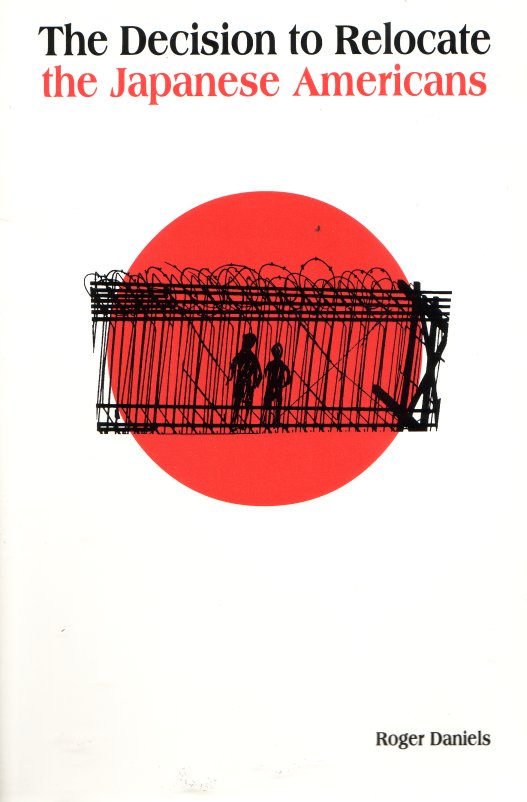
The Decision to Relocate the Japanese Americans

This is a somewhat older book (1976) on the subject and it's quite good. It goes into a lot of detail of just how the decision to relocate came about, including various proposals which covered the range of incarcerating only a few to putting every single person of Japanese ancestry into camps.
The most interesting part of the book is the latter part where lots of documents, phone conversations, etc, related to the topic are included. Some things I haven't seen in any of the other books I've examined are part of this section and that helps to make it quite complete and useful.
”Although by all normal indices of social deviancy-crime, delinquency, broken homes, institutionalization, etc.-the Japanese Americans were model members of society, they were viewed with fear, suspicion, and loathing by most to most other Americans.”
This is an interesting statement. The Japanese Americans were essentially model citizens. Yet they were still hated. What I have read in many places that the Japanese Americans went along with being put into internment camps and didn't fight it since they thought that was their way of proving their loyalty, yet virtually nothing they did would have worked since they were hated even though they were actually model citizens.
The book is another one to point out that, as far as sabotage goes, the Japanese Americans were not involved despite the fact that it was one of the major arguments used for interning them.
The book does a good job in pointing out how important the newspapers were in fanning the flames of anti-Japanese prejudice by running wild headlines and making totally unsubstantiated claims.
The book discusses the “Battle of Los Angeles” where some 1400 three-inch antiaircraft shells were fired at what turned out to be nothing. Fragments of shells that dropped to the ground did, though, manage to damage numerous automobiles.
The writer also pays a lot of attention to the Japanese Americans in Hawaii, noting that there was no sabotage or involvement on their part in the attack on Pearl Harbor with the exception of one single incident where a Nisei helped a down pilot and then killed himself.
The author also goes into a discussion of various programs that were considered as alternatives to actual total evacuation, the plans, of course, all being rejected eventually.
Main Index
Japan main page
Japanese-American Internment Camps index page
Japan and World War II index page
|